Sandycombe Lodge: The house that JMW Turner created, restored just as he designed it, now open to the public
A breathtaking amount of work has gone into re-creating Sandycombe Lodge, the house that Joseph Turner designed and lived in for much of his life.
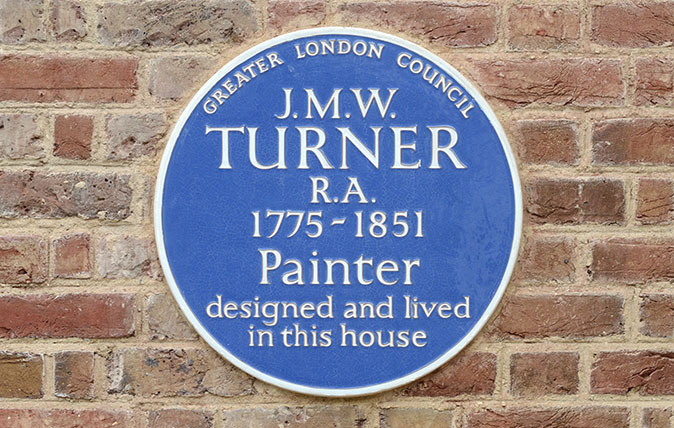

Sandycombe Lodge, the Thames-side villa designed by J. M. W. Turner, has been reopened to the public following a £2.4 million conservation programme with monies from the Heritage Lottery Fund and other donors.
Built in Twickenham in 1813 to the artist’s specifications, it was a peaceful retreat for him and he lived there with his father until 1826.
More recently, Grade II*-listed Sandycombe Lodge was under the ownership of Prof Harold Livermore. When he died in 2010, he gifted the house to the nation. By 2013, its fabric was badly deteriorated and it was listed on Historic England’s Buildings at Risk register; in 2016, conservation work began.
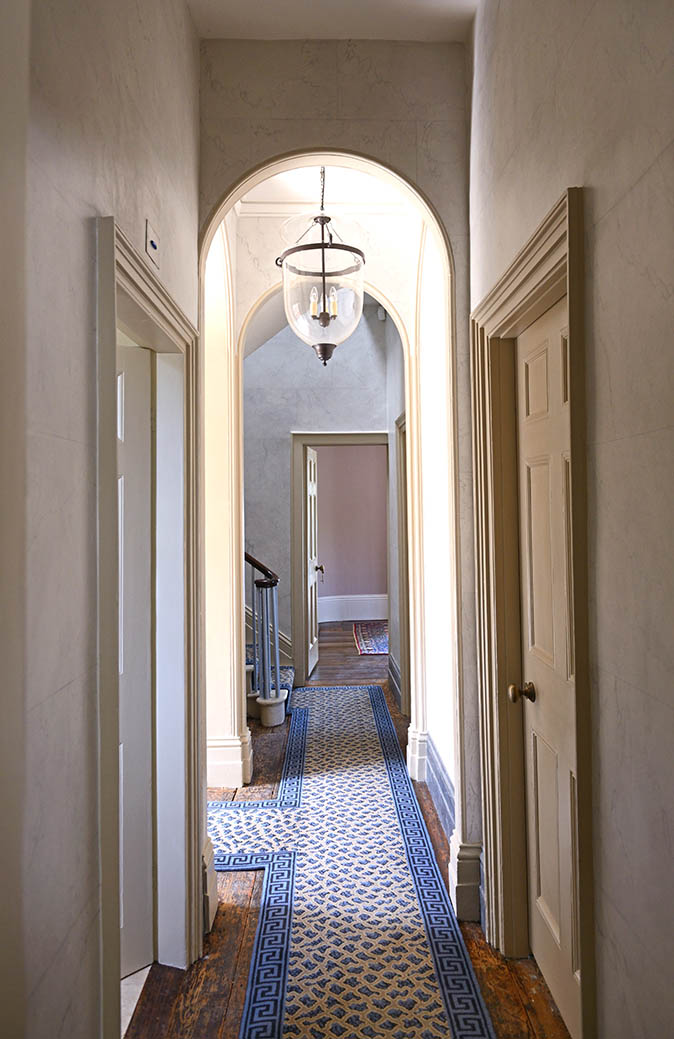
The attention to details has been extraordinary. Using Turner’s own sketches, a William Havell drawing of 1814, architectural evidence and paint analysis, the Turner’s House Trust has returned the house to its original form and decoration as closely as possible.
In one instance, a fragment of early wallpaper was discovered in the wallspace of a first-floor corridor; from this, Robert Weston re-created the design in the large bedroom.
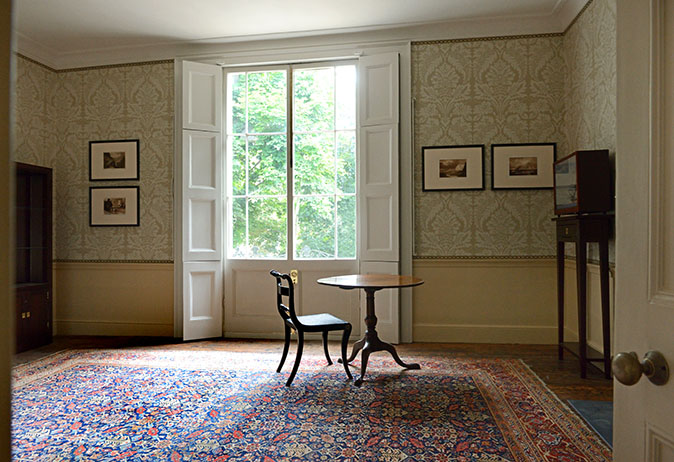
The refurbishment of the coloured-glass laylight above the stairs by Holy Well Glass is particularly striking.
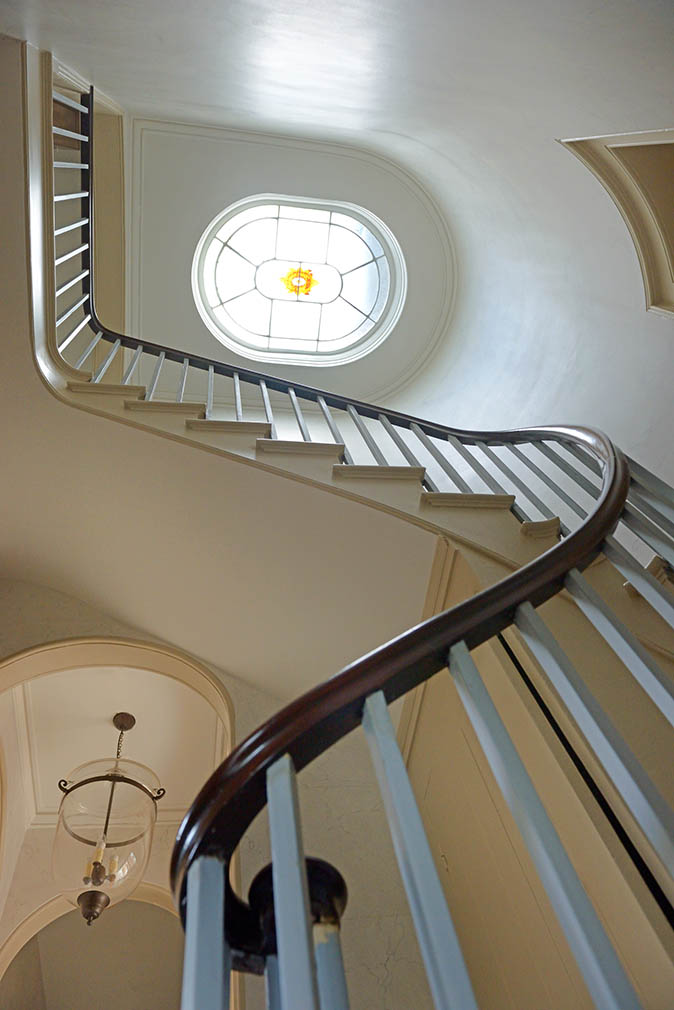
Several Turner prints have now been hung in the house, some from the late professor’s collection.
Sign up for the Country Life Newsletter
Exquisite houses, the beauty of Nature, and how to get the most from your life, straight to your inbox.
Further finishing touches enhance the illusion, with a telescope in the artist’s bedroom and a view superimposed on the Little Parlour window presenting the landscape as he would have seen it.
A brick exterior has been reinstated, which may be a surprise to those familiar with the house’s previous white render. The discovery of the original flank walls of the main block, hidden for almost 200 years, came as a surprise to Butler Hegarty Architects, too.
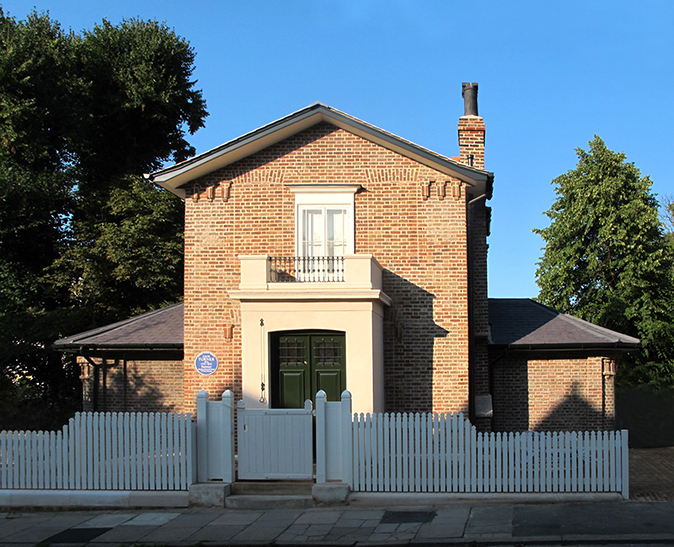
Outside, landscaping and planting is under way in the garden and is expected to be completed in September – although there is no possibility of restoring the rural surroundings of the early 19th century, there will be a flavour of the tranquility Turner and his father enjoyed.
The 'before' video, made before the funding had been secured and finalised, shows just how much has been done since:
https://vimeo.com/156740262
‘This little house is of worldwide importance as a work by Turner and, after a huge amount of work and a large number of specialists, we think what we have managed to achieve is absolutely remarkable,’ says Catherine Parry-Wingfield, chairman of the trust.
Alex Farquharson, director of Tate Britain, adds: ‘Turner’s paintings and drawings housed at Tate Britain show what this great artist produced throughout his prolific lifetime, but the Lodge will reveal a more intimate and domestic side of his important and complex story… [It’s] a fascinating insight into his life and throwing light on his character, family and friends.’
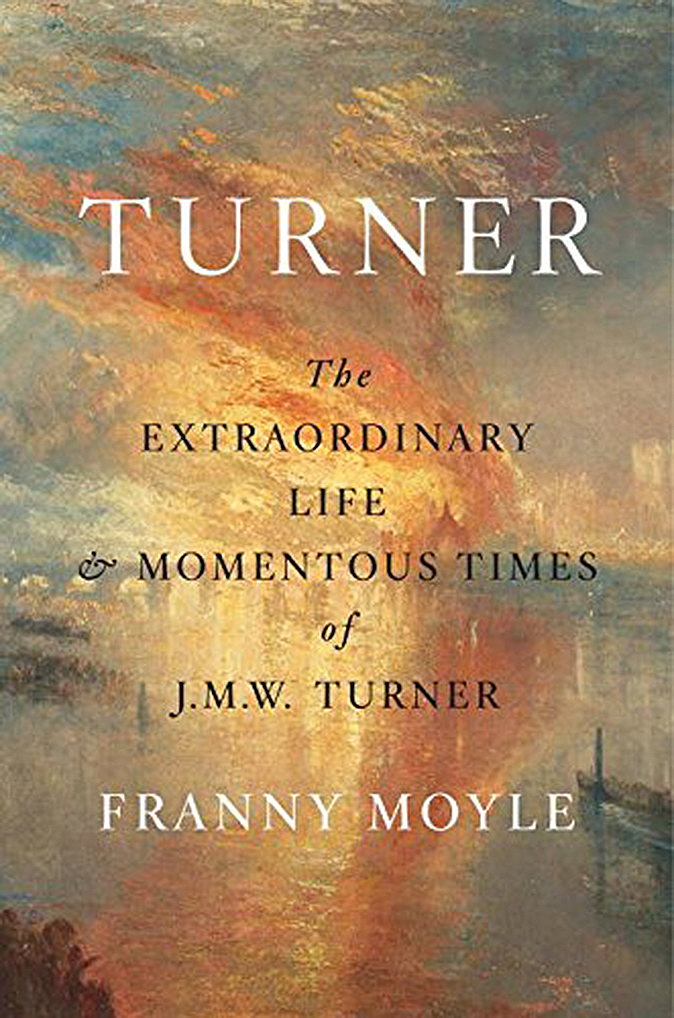
Book of the week: The Extraordinary Life and Momentous Times of J. M. W. Turner
Huon Mallalieu finds old traditions and newly discovered truths in this enjoyable retelling of Turner’s life.
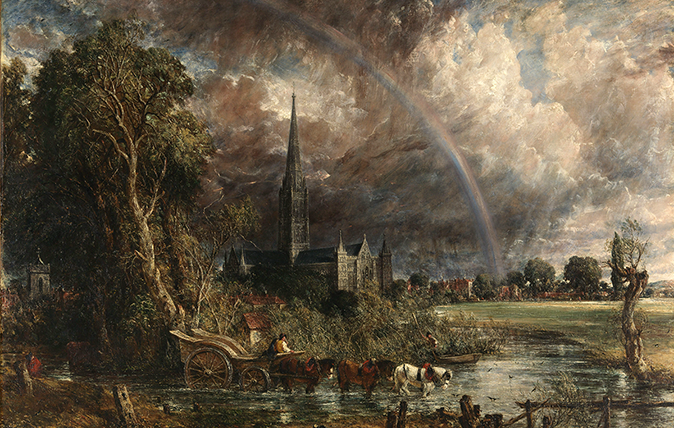
Constable ‘added rainbow after his masterpiece first went on display’
Annunciata grew up in the wilds of Lancashire and now lives in Hampshire with a husband, two daughters and an awful pug called Parsley. She’s been floating round the Country Life office for more than a decade, her work winning the Property Magazine of the Year Award in 2022 (Property Press Awards). Before that, she had a two-year stint writing ‘all kinds of fiction’ for The Sunday Times Travel Magazine, worked in internal comms for Country Life’s publisher (which has had many names in recent years but was then called IPC Media), and spent another year researching for a historical biographer, whose then primary focus was Graham Greene and John Henry Newman and whose filing system was a collection of wardrobes and chests of drawers filled with torn scraps of paper. During this time, she regularly gave tours of 17th-century Milton Manor, Oxfordshire, which may or may not have been designed by Inigo Jones, and co-founded a literary, art and music festival, at which Johnny Flynn headlined. When not writing and editing for Country Life, Annunciata is also a director of TIN MAN ART, a contemporary art gallery founded in 2021 by her husband, James Elwes.
-
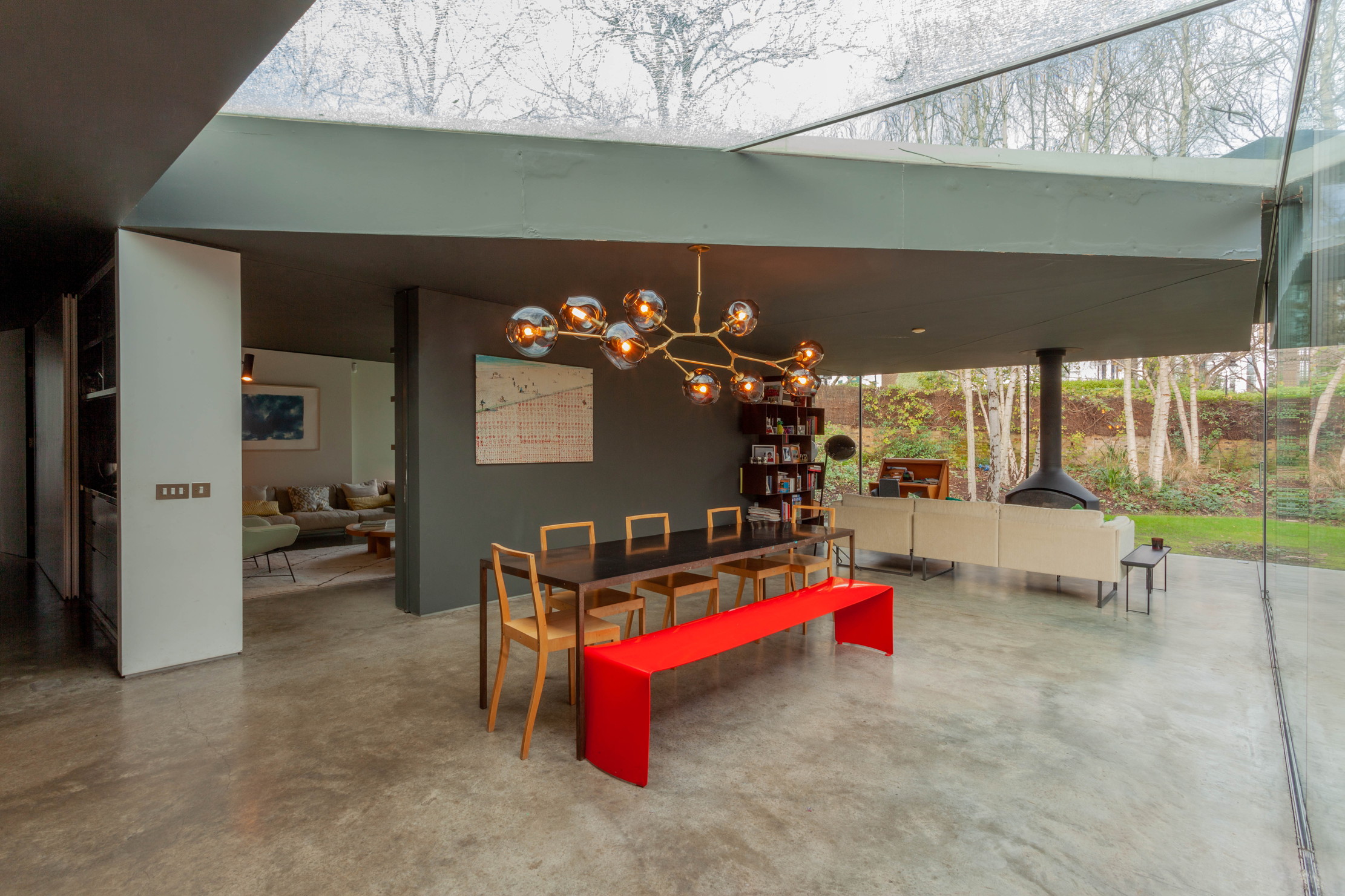 Hidden excellence in a £7.5 million north London home
Hidden excellence in a £7.5 million north London homeBehind the traditional façades of Provost Road, you will find something very special.
By James Fisher
-
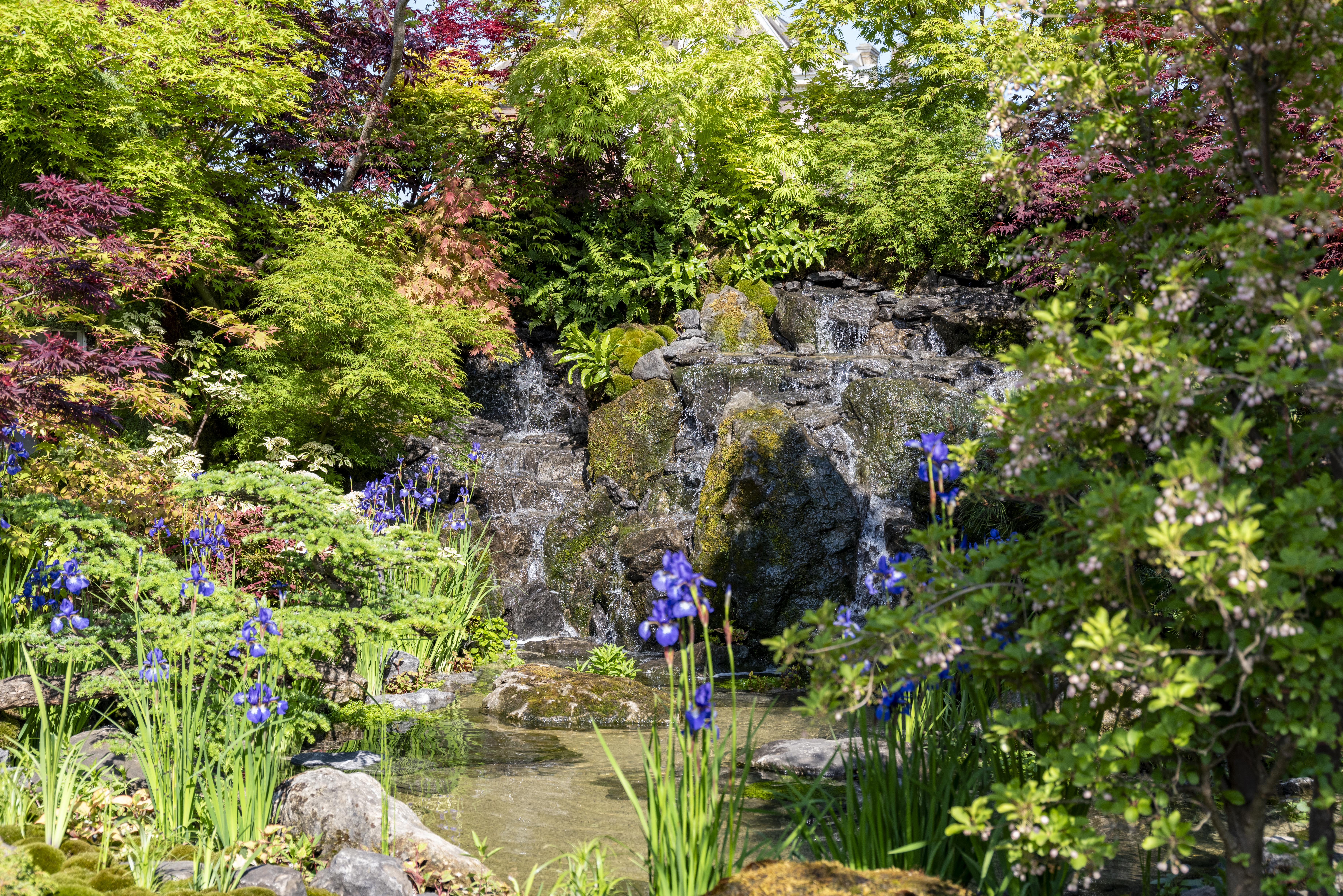 RHS Chelsea Flower Show: Everything you need to know, plus our top tips and tricks
RHS Chelsea Flower Show: Everything you need to know, plus our top tips and tricksCountry Life editors and contributor share their tips and tricks for making the most of Chelsea.
By Amie Elizabeth White
-
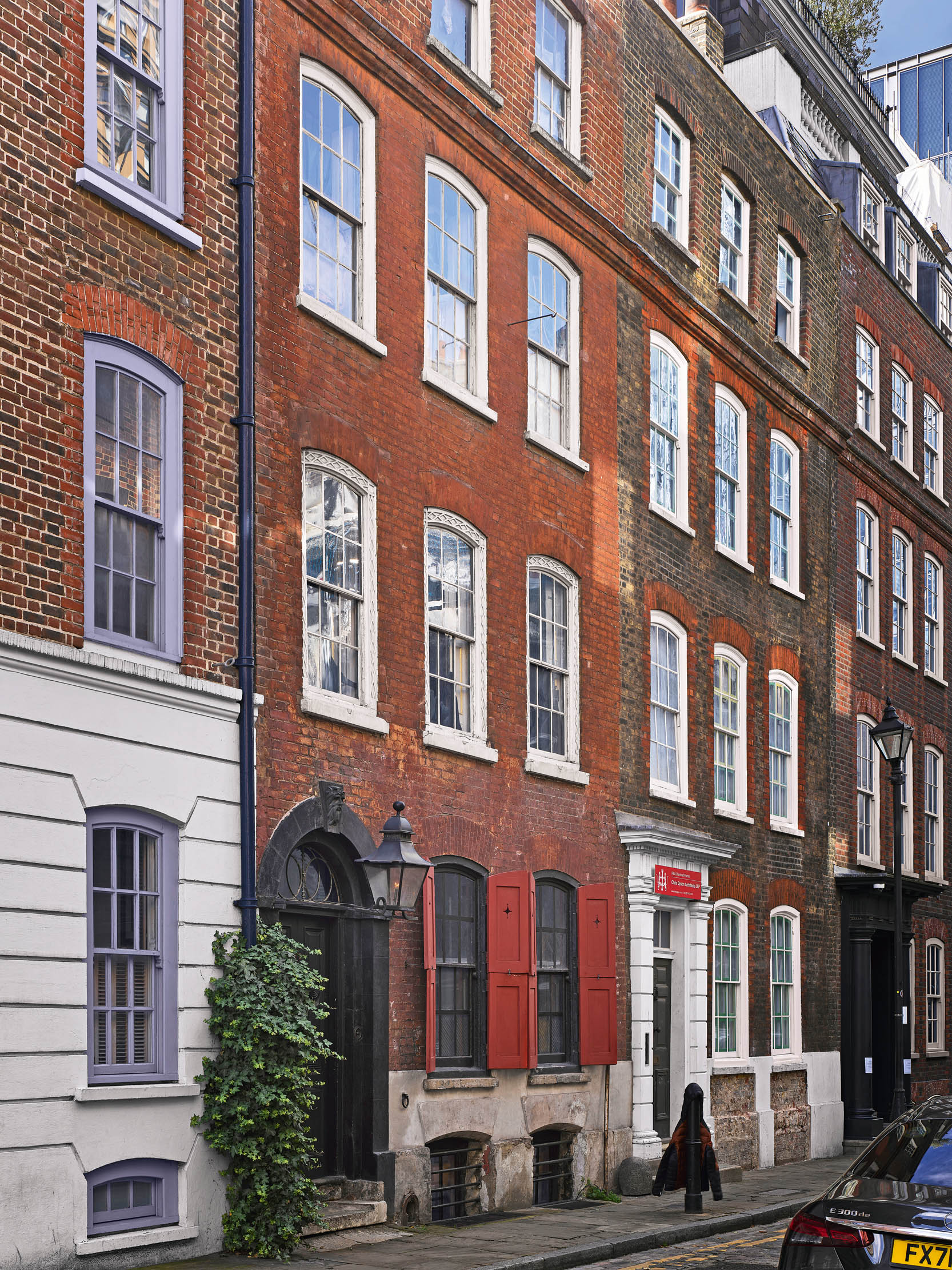 The strangest museum in London? Dennis Severs’ House is art installation, theatre set and 18th century throwback
The strangest museum in London? Dennis Severs’ House is art installation, theatre set and 18th century throwbackTactfully revived, Dennis Severs’ House defies categorisation, finds Jeremy Musson.
By Jeremy Musson
-
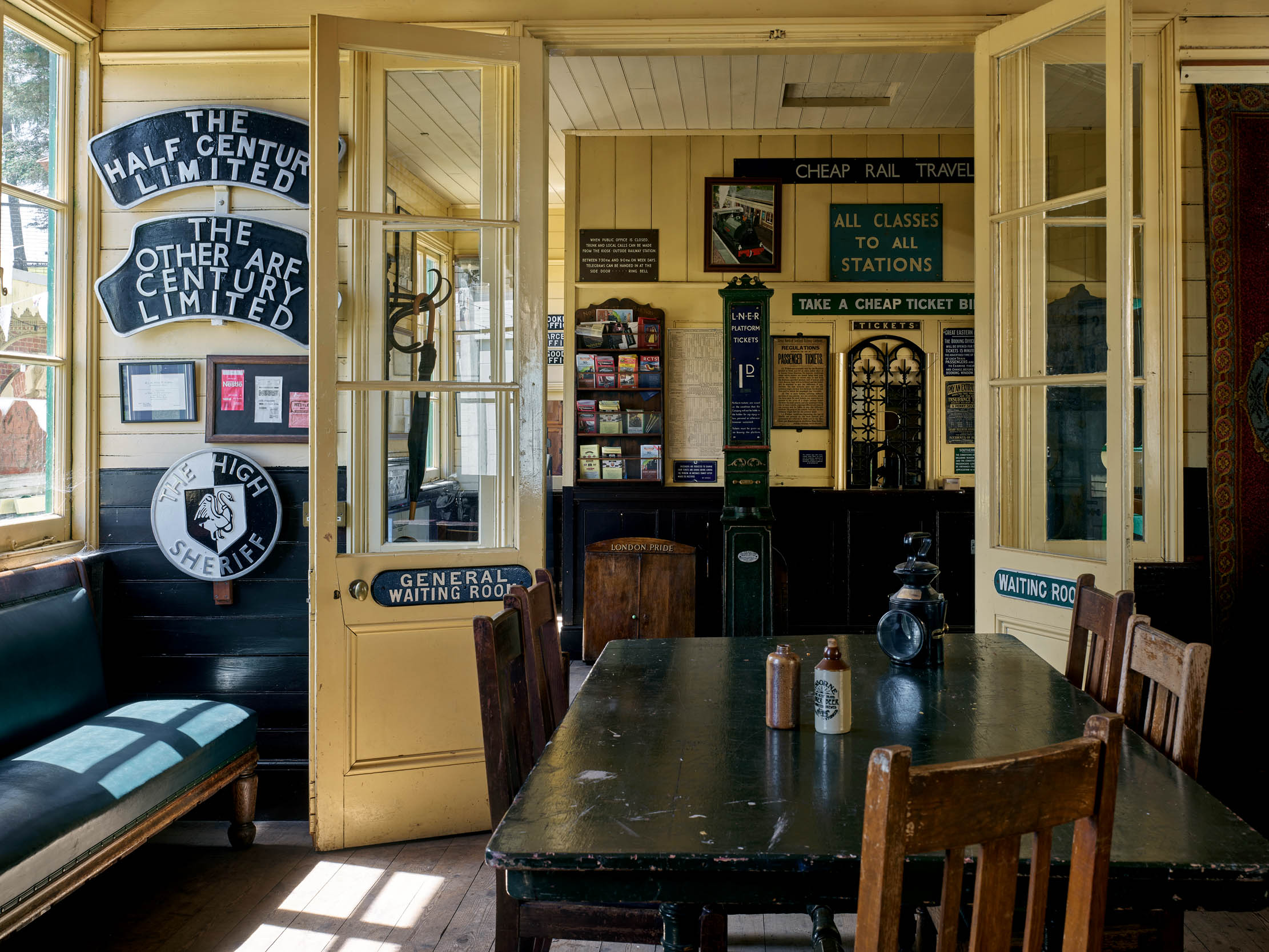 The millionaire who created a real-life toy train set on a human scale
The millionaire who created a real-life toy train set on a human scaleThe astonishing assemblage of buildings, machinery and memorabilia at Fawley Hill, Buckinghamshire — the home of Lady McAlpine and the late Sir William McAlpine — is testimony to one man’s remarkable enthusiasm for the railways, as Marcus Binney discovers. Photographs by Paul Highnam for Country Life.
By Marcus Binney
-
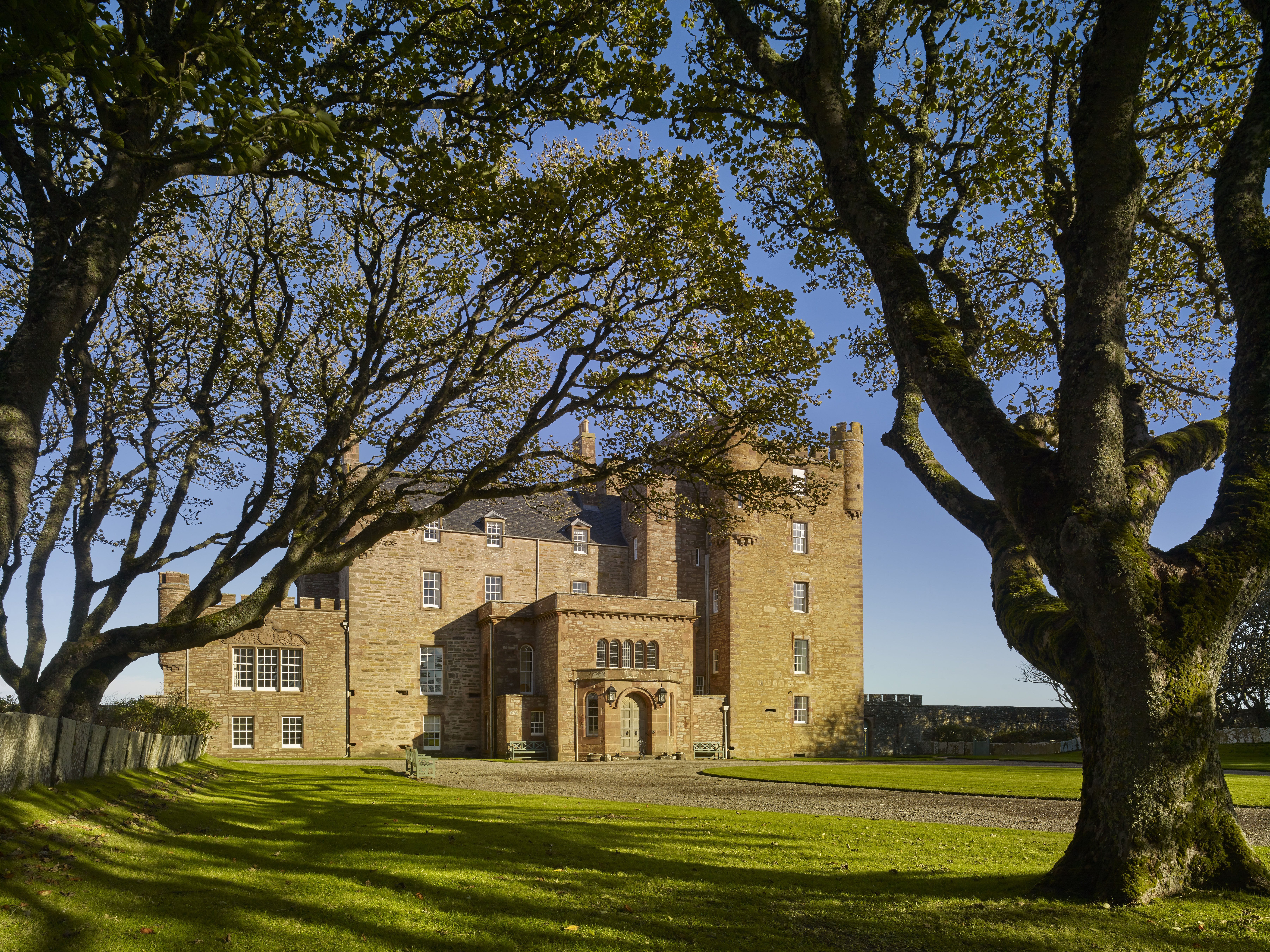 The Castle of Mey: Inside the Queen Mother's beloved home in Scotland
The Castle of Mey: Inside the Queen Mother's beloved home in ScotlandA visit to Scotland in the first months of her widowhood encouraged The Queen Mother to buy and restore a castle. John Goodall describes the history of the building and the achievements of the trust that has managed it for the past 22 years.
By John Goodall
-
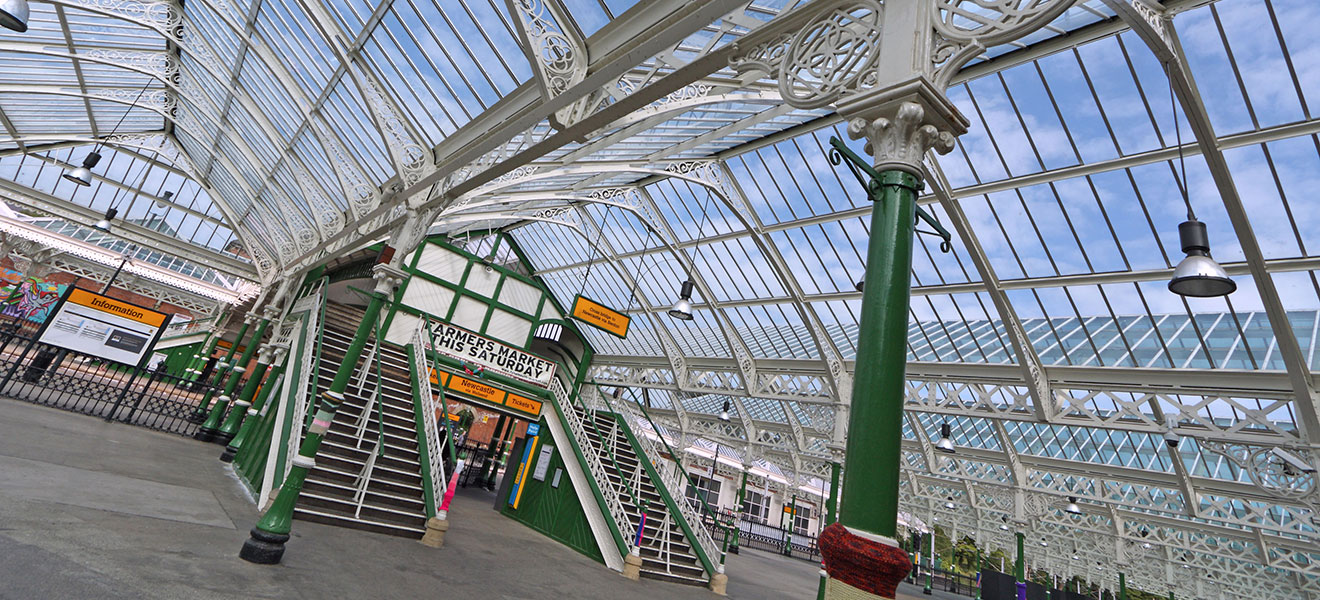 Britain’s great railway stations: Victorian eclecticism, modern genius and one that is a true work of art
Britain’s great railway stations: Victorian eclecticism, modern genius and one that is a true work of artSimon Jenkins lauds our most romantic and architecturally significant railway stations, some of the unsung triumphs of British conservation.
By Country Life
-
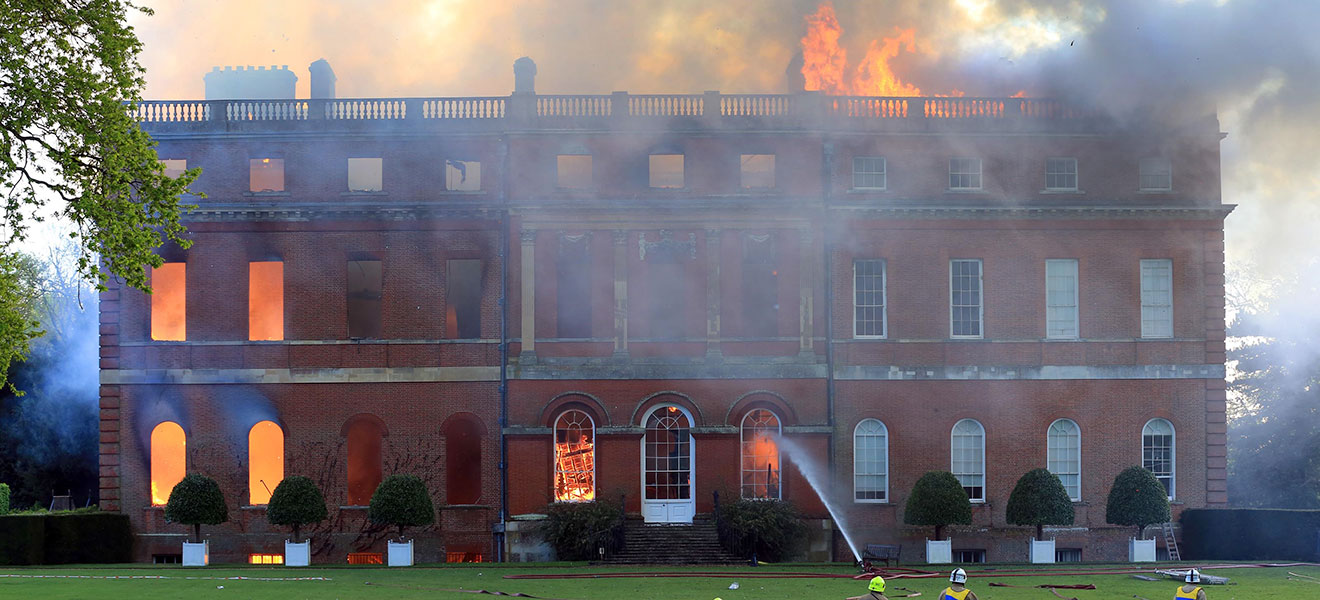 What next for Clandon Park? Time to breathe life back into this great house
What next for Clandon Park? Time to breathe life back into this great houseSimon Jenkins, former chairman of the National Trust, considers the next steps for Clandon Park in Surrey, two years after the fire that reduced it to a ruin.
By Country Life
-
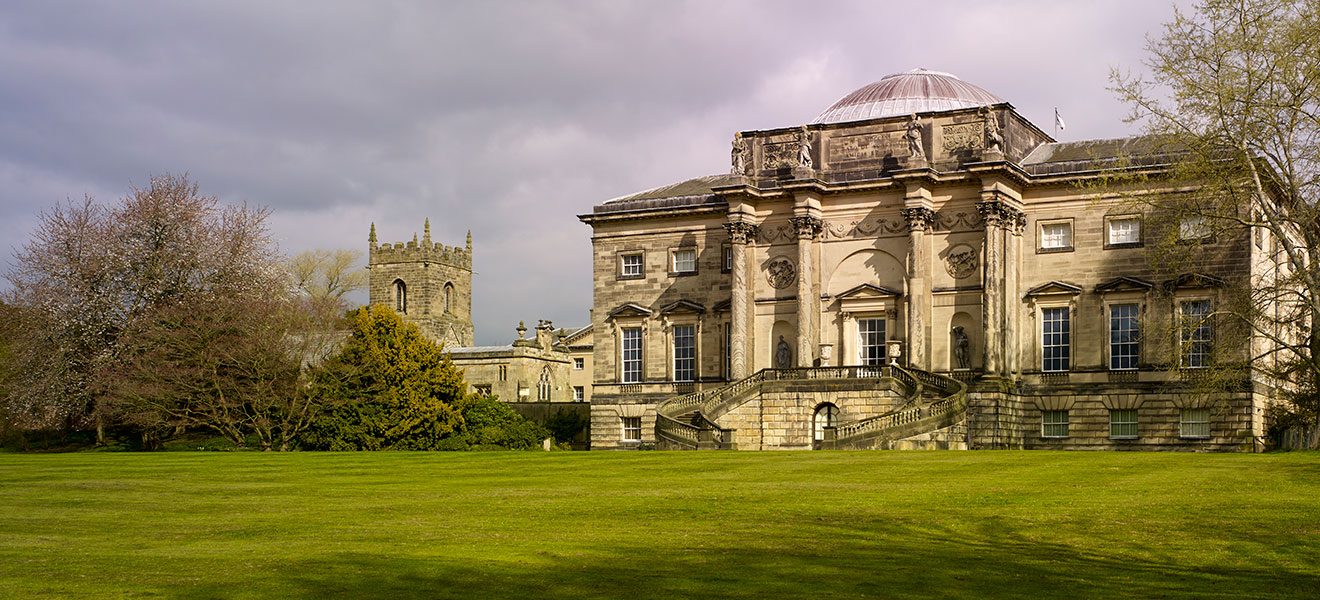 Kedleston Hall: A National Trust gem restored to its extraordinary former glory
Kedleston Hall: A National Trust gem restored to its extraordinary former gloryIt's 30 years since the National Trust raised the money to buy Kedleston Hall in Derbyshire. The work done since then is nothing short of staggering.
By Country Life
-
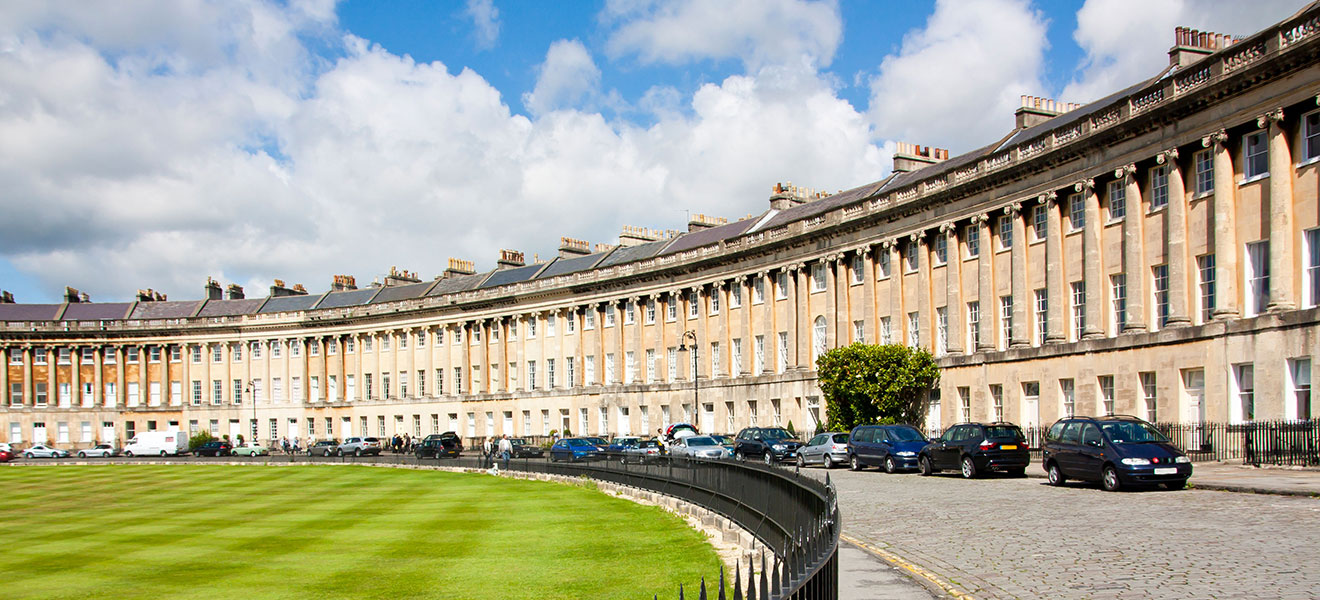 250 years of Bath’s Royal Crescent: From Druidic influences to big screen fame
250 years of Bath’s Royal Crescent: From Druidic influences to big screen fame2017 marks 250 years since the first foundation stone was laid.
By Agnes Stamp
-
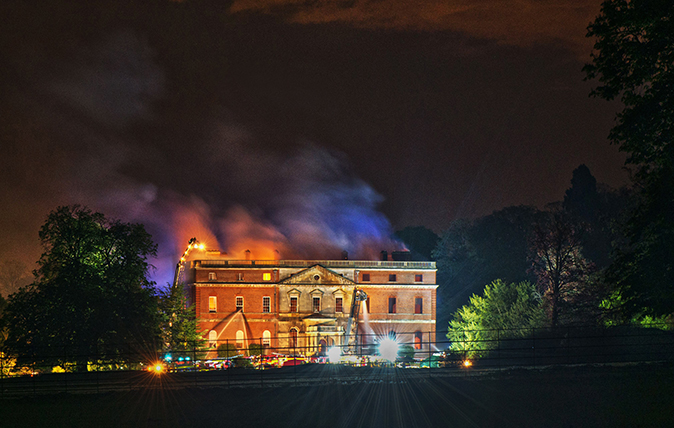 Clandon Park after the fire: The National Trust’s largest ever reconstruction project
Clandon Park after the fire: The National Trust’s largest ever reconstruction projectUntangling the Gordian Knot.
By John Goodall